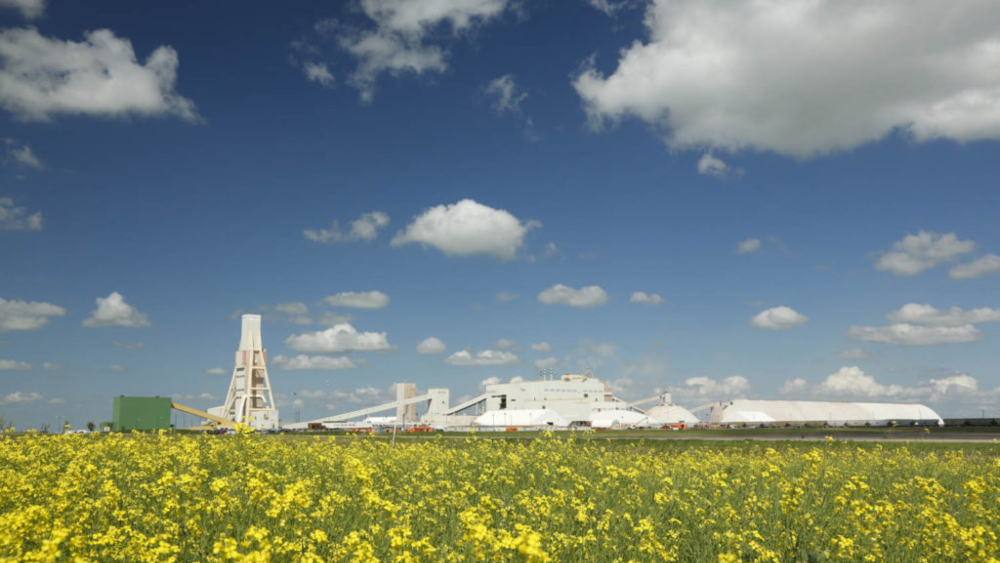Canada produces nearly a third of the world’s potash supply. In 2023, the industry, centered largely in Saskatchewan, extracted about 22 million tonnes of potash, according to Natural Resources Canada. Of that production, the vast majority — 95% — was exported to markets such as the U.S., China, Brazil, and India, where it is primarily used to fertilize crops. That puts Canadian miners at the centre of a unique opportunity, and a perplexing industry-wide challenge.
Potash production is critically important for future food security as the global population continues to increase, with farmers around the world relying on potash to boost plant growth, enhance drought resistance, and improve crop yield. With the largest reserves in the world, Canada has sufficient ore to supply global farming needs for several hundred years, according to the Saskatchewan Mining Association (SMA). The challenge will be to ensure that the industry has the people it needs to replace an aging mining workforce. In 2023, roughly 20% of mining workers were aged 55 or older.
In addition, labour demand in the mining sector is expected to remain strong over the next decade, growing from 11,000 workers in 2023 to nearly 15,000 by 2034, driven by the growing global demand for Saskatchewan minerals, according to labour market analysis conducted by the SMA, in partnership with the Mining Industry Human Resource Council (MiHRC).
Highlighting the appeal of potash mining as a career
At first glance, mining should be an attractive occupational option for young people. The average salary of an individual working in potash mining is more than $113,000 a year, nearly twice that of the average Saskatchewan employee, according to the government of Saskatchewan. Additionally, potash mining is becoming increasingly more high-tech, providing challenging jobs for highly skilled STEM (science, technology, engineering, and math) and business graduates, as well as dramatically reducing the number of workers at the active mine face. Mining is, in fact, one of the safest industries in Canada, with a lost-time injury rate in 2024 of just 2.1 per one million hours worked.
Indeed, mining is held in high regard by most Saskatchewanians. In a 2024 public opinion survey conducted by the SMA, an overwhelming 96% said they believed mining is important to the province, 94% supported the mining industry, and 91% had a positive view of mining as a career choice.
[More]



